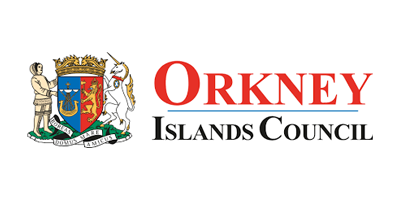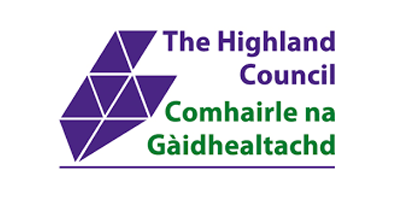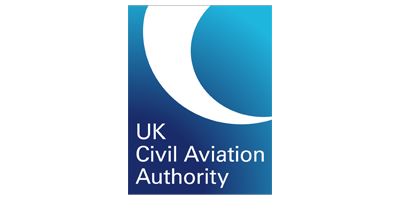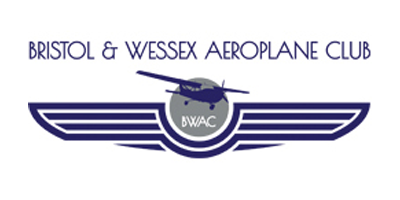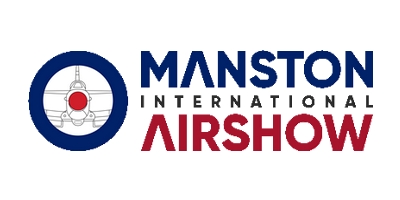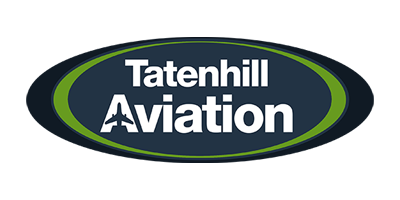In aviation, the term PPR stands for “Prior Permission Required.” It is a common phrase used at airports and airfields around the world to indicate that aircraft operators must obtain approval before arriving, departing, or using certain facilities. Essentially, PPR ensures that flights are coordinated properly and that the airport can accommodate them safely and efficiently.
Understanding PPR
When an airport or airfield is marked as PPR, it means that pilots or operators cannot just show up and land without prior arrangement. Instead, they must contact the airfield operator or the airport’s control office in advance to request permission.
This requirement is often published in aviation documents such as:
The Aeronautical Information Publication (AIP)
NOTAMs (Notices to Airmen)
Or directly on flight planning platforms and airport websites
The airport will usually provide a PPR number or reference once permission has been granted. Pilots must quote this number when communicating with Air Traffic Control (ATC) or ground staff upon arrival.
Why PPR Is Required
Airports and airfields may require PPR for a number of operational, safety, and logistical reasons, including:
Limited Facilities or Parking Space
Small airfields or private aerodromes may have restricted parking, hangar, or fuel availability. PPR helps manage aircraft volume to prevent congestion.Noise Restrictions and Environmental Concerns
Some airports, especially those near residential areas, enforce strict noise abatement procedures and curfews. PPR ensures compliance with local rules.Security and Access Control
Private or military airfields require PPR to maintain security and control over who can enter the premises.Special Events or Maintenance
During airshows, training exercises, or runway maintenance, airports may temporarily operate under PPR conditions to manage air traffic safely.Customs and Immigration Requirements
For international flights, airports without full-time customs facilities may need prior notice to arrange border control officers.
How to Obtain PPR
The procedure for obtaining PPR varies depending on the airport, but generally involves:
Contacting the Airfield Operator — Usually by phone, email, or through an online form.
Providing Flight Details — Such as aircraft type, registration, estimated time of arrival (ETA), number of passengers, and purpose of the visit.
Receiving Confirmation — If approved, the operator will issue a PPR number or written confirmation, which must be noted in the flight plan and used in communications.
It’s important to note that failure to obtain PPR when required can lead to denied landing, fines, or even enforcement action by aviation authorities.
PPR vs. Slot Times
While both PPR and slot times involve pre-approval, they serve slightly different purposes.
PPR regulates whether you’re allowed to operate to or from an airfield.
Slot times regulate when you can operate, typically used at busy airports to manage air traffic flow.
In some cases, both may be required.
Final Thoughts
PPR—Prior Permission Required—is a crucial element in aviation operations that promotes safety, efficiency, and coordination. Whether you’re flying a light aircraft to a private strip or a business jet into a restricted international airport, always check if PPR applies before departure.
Proper compliance not only avoids operational delays but also demonstrates professionalism and respect for airfield procedures.
This entry was posted in Latest News and tagged airfield, airport, aviation, PPR, ppr management for airports, prior permission required. Bookmark the permalink.



